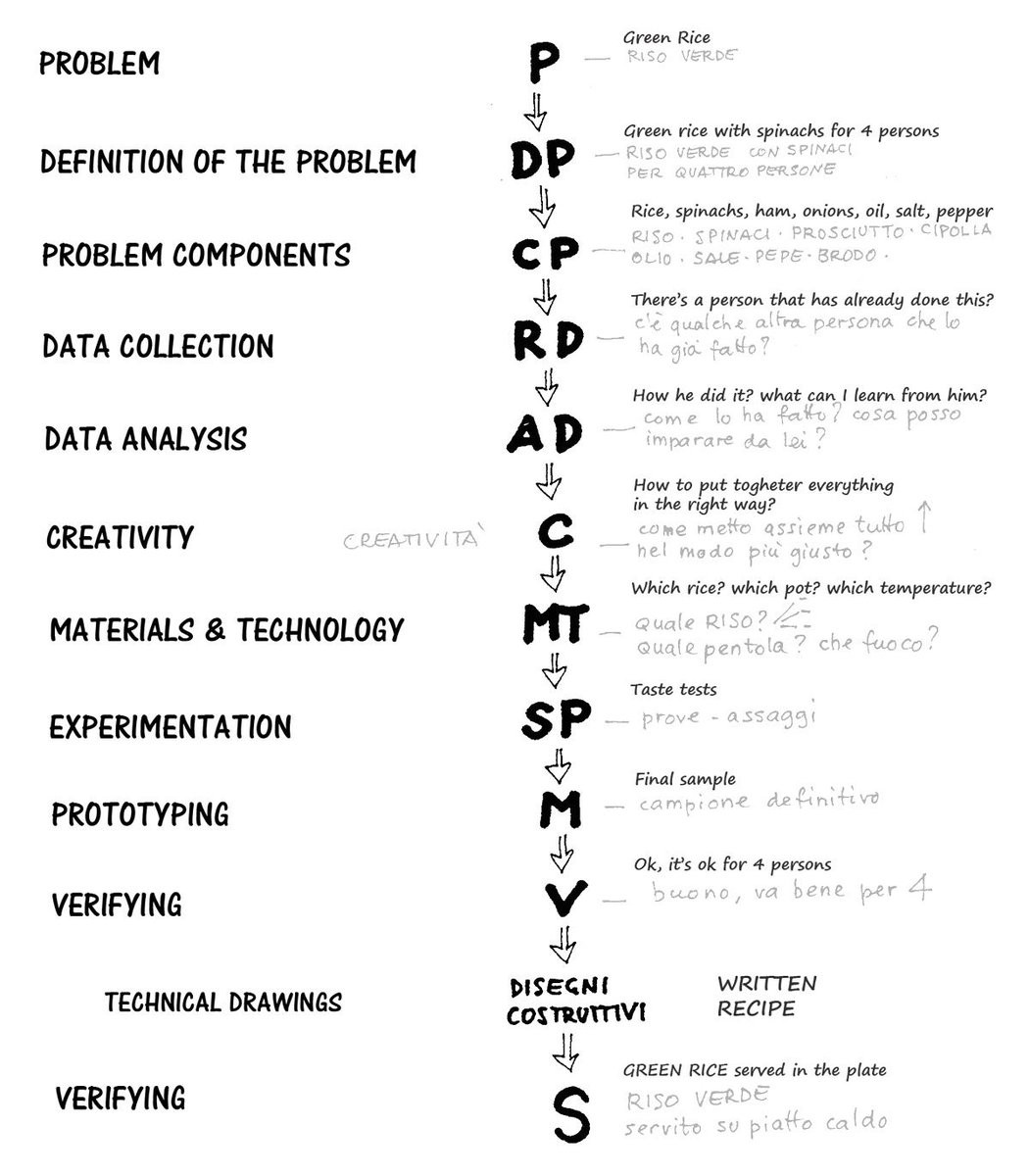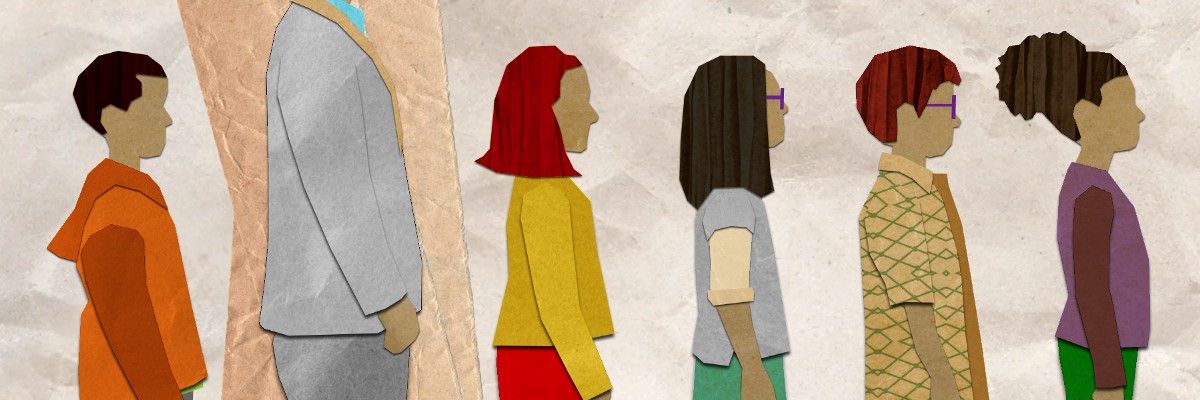After more than 20 years of being at the margins of every single design trend, I found myself face to face with UX. Surprisingly, all the inadequacy that I thought I would experience soon faded away as I realized that precisely because of my age and my personal history, and for the first time in a long time, I had an unexpected advantage.
“That kind of designer”
I sat in front of a computer for the first time approximately two years into my bachelor in graphic design, pretty much the same day my school inaugurated the computer lab, and I loved the experience. The first design software that I learned was CorelDraw and Photoshop. I didn’t care about the very limited number of undos or being able to store only 1.44 Mb at a time. To be honest, I was so bad with manual techniques (Illustration, Letraset transfers, etc.) that I really had no choice. My cohort and I did have a couple of courses on HTML, but I never really cared that much about “web design”, and I thought I didn’t need it anyway, I had what I deemed to be very solid design theory foundations (my favourite topics were semiotics and rhetoric) and I wanted to be an editorial designer and typographer. I was wrong, of course.
Over the next few years, with the development of the web 1.0, many designers turned their attention to web development, some of my former peers among them. My generation had so much advantage over me already that I thought I would never be able to catch up, so I turned all my attention (very reluctantly) to branding, finding solace in the occasional editorial project. I had a couple of gigs working as a print designer for web companies until I decided to go back to school to get a master degree in information design, a discipline that I considered (and still consider) to be more challenging and interesting. My time in the master programme reminded me of how much I loved the theoretical part of design. I was suddenly back into semiotics and rhetoric as I applied many of their principles to visualization methods while delving deeper into typography. I was really enjoying it, but I was also keenly aware that my new found interest in Infodesign was pushing me even further away from the design trend of the time (web 2.0).
After a short term in Berlin working for an information design studio, I became convinced that my absolute lack of knowledge (and frankly, interest) on digital tools had rendered me completely irrelevant as a designer. I started doing independent research on design methods and teaching (activities that I still enjoy quite a lot) while trying to maintain a design studio. I partnered with a talented designer, who tackled most of the responsibilities of production, while I spent most of the time researching, conceptualizing and writing white papers. I took my reluctance to engage in hands-on design and my interest in teaching as signs:
“I am not that kind of designer anymore, maybe I never was”, I thought. I had finally pushed myself completely out of practical design.
Looking for the next logical step (to become a design educator) I enrolled in a Ph.D. program, not in design, but education.
My introduction to UX Research
I started my Ph.D. in my mid-30s. I was over 40 when I graduated. During my Ph.D. programme, I got involved in digital humanities, which led to data visualization, semiotics and rhetoric. I was convinced that I was going to become a professor, mostly because that seems to be the natural path for most Ph.D., but academic jobs in North America are remarkably scarce and I couldn’t afford to wait for an opening. Through my extended network, I learned about an opportunity to do ethnographic research for a startup and, without being completely clear about what the job would entail, I took it. “I can do this”, I thought, “after all, I am a fairly good interviewer, I have a lot of practice analyzing qualitative data, and because I am an information designer, I know how to present research insights in a clear way”.
It was in this job that I heard the term “UX” for the first time and I quickly realized that the core principles were remarkably familiar. Design thinking was an abbreviated version of Munari’s design research methodology, most UX formats are data visualizations (which I knew how to deal with) and my Ph.D. gave me a well-rounded understanding of research methods and analytic rigour.

Fairly quickly, I started designing, developing and assessing complex research projects. I got familiar with the UX methods and practices in a short period of time and started adapting academic research methods to my UX practice and developing my own, depending on the circumstances. I integrated quantitative and mixed methods to my research toolkit, and consequently, I became more confident as a researcher. However, this confidence did not come from knowing more stuff. I learned that UX, as opposed to graphic or even information design is less about the details and more about exactly the opposite. It is about taking distance and connecting the dots. It is about tackling issues in a holistic way, it’s about embracing design as a research-based, problem-solving methodology. The kind of things that you cannot replace (yet) with technology.
Surprisingly, I ended up getting into UX research (a relatively recent trend, at the time of writing these lines) before my college peers and many of my further students. For the first time in a long time, the pieces seem to be in place. True, it took me more than 20 years, but it was 20 years of learning, leading to a realization:
Apparently, I was a UX researcher all along, I just didn’t know it. Could this be your case too?
